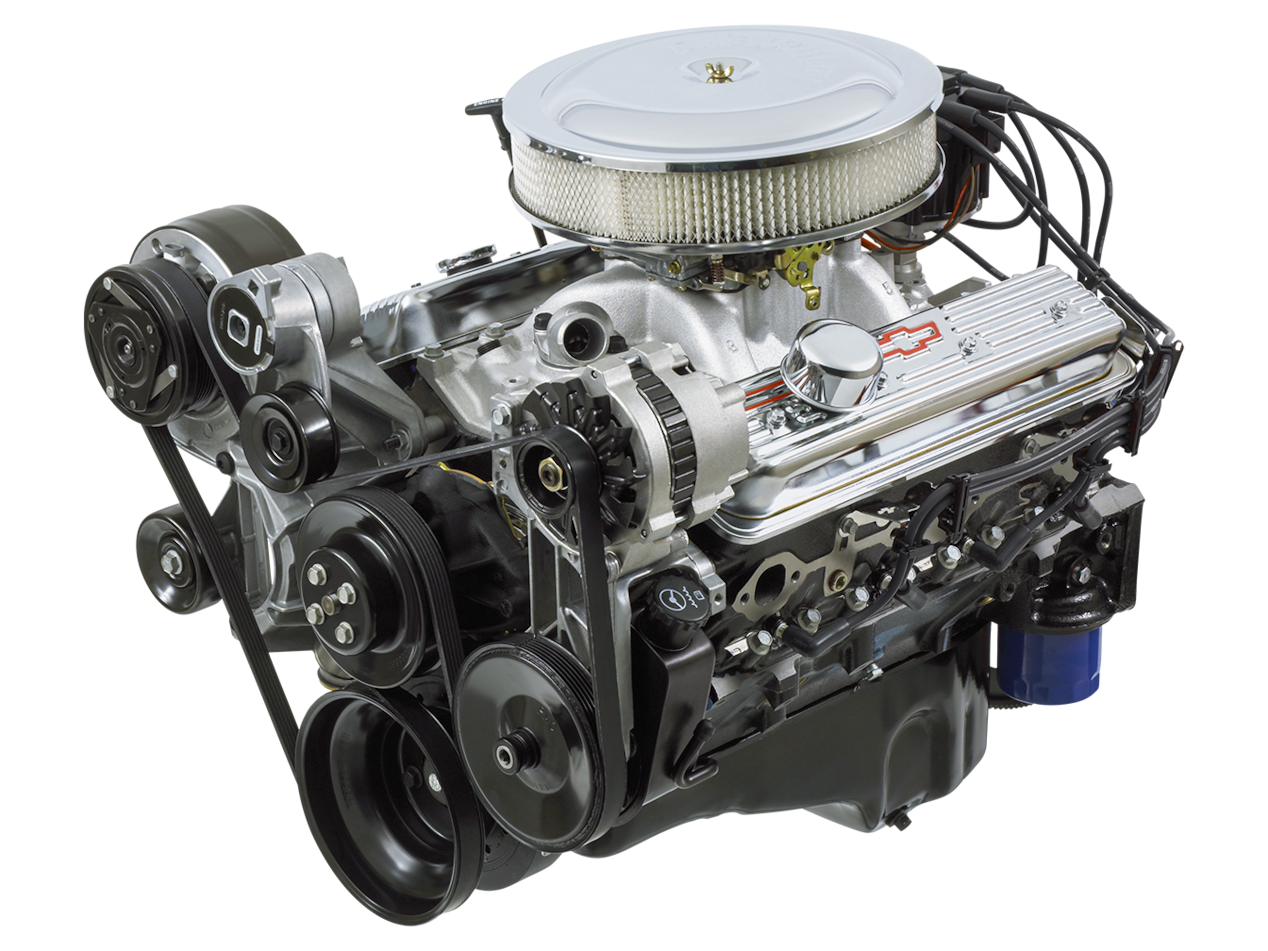There’s a certain magic in the engines of yesteryear, a mechanical symphony that hums with the spirit of an era. For many, the Chevrolet Camaro, esp...

There’s a certain magic in the engines of yesteryear, a mechanical symphony that hums with the spirit of an era. For many, the Chevrolet Camaro, especially in its early iterations, often felt like the younger sibling in the General Motors family, frequently inheriting the hand-me-downs from its more glamorous cousin, the Corvette. While the Corvette proudly showcased innovations like standard four-wheel disc brakes from 1965, a feature that remained optional on Camaros until 1993, and offered manual transmission options for its L98 engines in the ’80s and ’90s when Camaros were relegated to automatics, there was one shining gem that the Camaro could claim as its very own: the high-revving 302 V8.
This wasn’t just any engine; it was a heart uniquely forged for the Z/28, a true rebel in a world of escalating cubic inches. Imagine, if you will, the engineers at Chevrolet, with a glint in their eyes, crafting this masterpiece. They took a robust, forged crankshaft from a 283 cubic inch engine and nestled it into a small-journal 327 block. The result? A perfectly proportioned 302.4 cubic inch V8, a marvel of engineering designed not just for the street, but specifically to fit the stringent rulebooks of the Sports Car Club of America’s (SCCA) demanding Trans-Am racing series. It was a purpose-built powerhouse, ready to conquer the track.

But the 302’s true legend wasn’t just about adhering to racing regulations; it was about defying the very essence of American muscle car philosophy. In an age where power was almost exclusively synonymous with sheer displacement—the bigger the engine, the better—the 302 charted a different course. While a few outliers like the supercharged ’57 Fords or the turbocharged Oldsmobile Jetfires existed, and the Corvette itself flirted with fuel injection on its 283s and 327s from 1957 through 1965, the prevailing winds soon shifted towards massive big blocks. The Corvette, for instance, quickly embraced the call of raw cubic inches, offering an optional 396 in ’65, which swelled to a mighty 427 the very next year. The 302, however, was a different breed, a sophisticated, high-revving marvel that proved there was more than one path to performance.
And therein lies another delightful irony: this magnificent engine, a true testament to focused performance engineering, never found its way into the Corvette. While one might scour the historical records for evidence of a special Central Office Production Order (COPO) Corvette boasting a 302, such a beast remains elusive. The 302 was, and remains, the Camaro Z/28’s crown jewel, a testament to its unique spirit and a timeless reminder that sometimes, the most extraordinary things come in packages designed to break the mold, not just the rules. It’s a warm, rich note in the symphony of classic American iron, forever echoing the thrill of those golden days.
COMMENTS